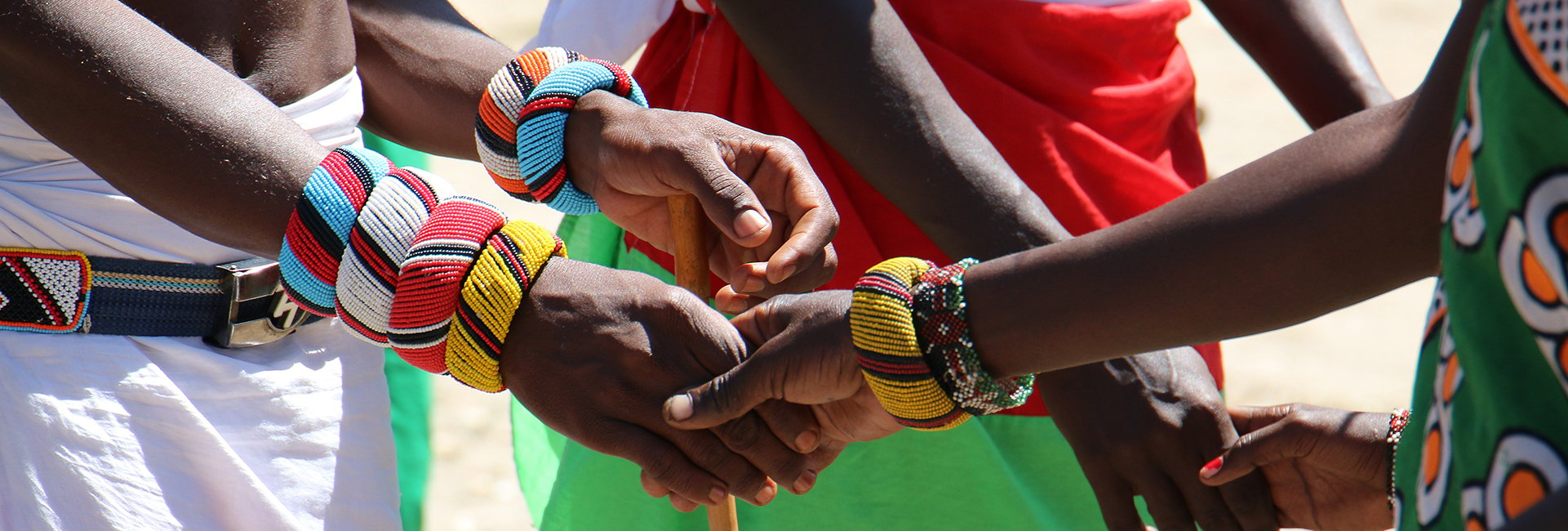Integrity Insights: From Evidence To Engagement
Making high-quality evidence available does not automatically guarantee its use. Discover how we put people before paper and engage diverse audiences with emerging evidence.
Integrity’s core business is to generate new evidence and share this with decision makers to inform policy and practice. We know, however, that making high-quality evidence available does not automatically guarantee its use. As we all struggle with information overload, Katie Bigmore, Integrity’s Vice President Delivery, reflects on recent projects and what we have learnt about engaging diverse audiences with emerging evidence.
We recognise that the ways to share evidence are constantly changing
Short attention spans and competing distractions are a factor of daily life. Add to this the speed with which COVID-19 pushed our interactions into the virtual world, we face a tough market for messages to be shared, no matter how rigorous the evidence or insightful the learning.
At Integrity, we have embraced the information transformation and responded with sophisticated tools and collaborative methods to produce and share evidence in interactive and creative ways. For example, we build dashboards that leverage advanced data visualisation software to help present findings to our clients and their implementing partners. The interactive nature of these dashboards allows all stakeholders to understand the complexities of results and draw linkages to programme activities. However, we have also found that our clients value opportunities to discuss the findings. For example, in our support to the UK Foreign, Commonwealth and Development Office’s Multi-Year Humanitarian Programme in Pakistan we hold consultative sessions with the client, implementing partners and other key stakeholders to share results and consider the implications of these findings.
We put people before paper – meaning the process can become as important as the product
We start by asking ‘why?’. Why do people need to have this knowledge and how will they use it? Sometimes we need to go broader than our immediate client counterparts. We recently worked with the Challenge Fund for Youth Employment, a €115 million investment by the Netherlands Ministry of Foreign Affairs to create jobs and improve the quality of work for young people in Africa and the MENA region. Our brief was to deliver a systems analysis of the youth employment situation in Tunisia. This work involved conducting a series of stakeholder workshops, a macroeconomic analysis and key informant interviews with community members, for which we engaged youth researchers.
Drawing on this evidence base, we produced an interactive systems map to present key research themes using Kumu. Instead of a static final product, the map provides a dynamic tool that the client can use to decide where the Fund will focus its resources in Tunisia.
We make space for experimentation
We know that there is no one right format to deliver evidence and learning. Instead of trying to impose best practices from the outside, we seek to adapt to the client’s language. For example, when Integrity supported the Lego Foundation to articulate the complex education system, our task was to create conceptual clarity in a situation where most stakeholders are probably on the same page but speak a different language. We combined the Lego Foundation’s storytelling approach and knowledge of the global education context with social theory frameworks and visualisation. Alongside a more traditional narrative report, we also produced an animation using metaphors familiar to the Playful Schools Initiative. This approach was effective in facilitating discussions of abstract concepts that are open to different interpretations.
As we transform the way we share evidence, we are also mindful that our target audience is rarely the general public. We have no expectation of going viral. Our measurement of success rarely involves counting page impressions (see our reflections from the Prosperity Fund). Instead, we try to strike a balance between holding the attention of a targeted and busy group of policy makers while also providing sufficiently detailed information to programme managers working deep in the weeds of implementation. Slideshows and PDF reports still serve a purpose, but as we switch to more varied and creative formats, we should not assume that the world will follow and engage as soon as we hit publish.
This is where we come back to Integrity’s mission we“ listen, comprehend and recommend” – We have commitments about how we communicate, both of which put people at the centre of everything we do. There may be some experimentation, and this demands more from clients, who are no longer just users of the evidence but partners and co-creators. Of course, sometimes the client may not have the time, resources or incentive to engage in an experimental or creative process. In such cases, it may be better to just demonstrate the art of the possible rather than attempt to produce something that resembles co-creation. However, where we are able to work with the client, and sometimes community members, the evidence we generate is much more likely to be used.
